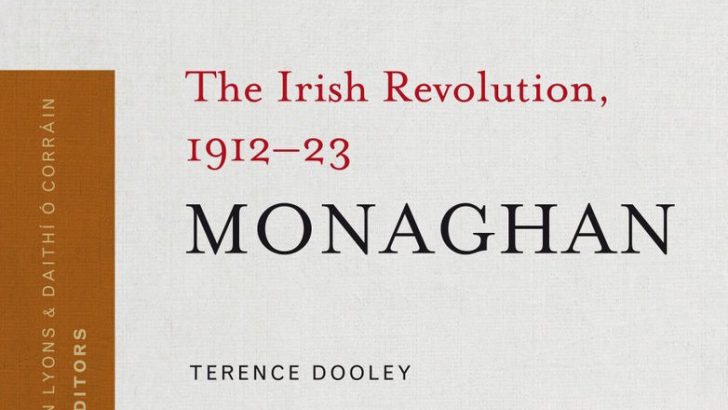The pledge of the Ulster Covenant to resist Home Rule by all means was signed by 5,360 Monaghan men, which was about 60% of the Protestant population of the county. As in Belfast the Ulster Volunteer Force was also established in Monaghan in January 1913. By May, part of the Larne shipment of arms had been distributed to the Unionists in Monaghan.
From the beginning the UVF in the county was organised through the Orange lodges and operated in areas where Unionist clubs had previously existed, and instruction was carried out under the direction of the county gentry with drilling with arms and training organised on the demesnes of the ‘Big Houses’.
Their arms were stored in those houses, Orange halls, Protestant national schools and even clergymen’s homes.
In a response to the mobilisation of the Unionists in the North, the Irish Volunteers were founded in November 1913. When in September 1914 John Redmond, leader of the Irish Parliamentary Party, urged them to take part in World War I the organisation split. In Monaghan, as elsewhere, a minority seceded and retained the title Irish Volunteers.
Monaghan Volunteers did not feature in the Easter Rising, which was universally condemned across the county. However, owing to the government’s reaction to the Rising, the arrest of scores of young men under the Defence of the Realm Act, opposition to conscription and the blatant lack of even-handedness by the authorities in their attitude to Unionists and Nationalists the mood changed and Sinn Féin and the IVs gained support throughout the county in 1917 and 1918.
In 1919, the first year of the War of Independence, the IVs, renamed the IRA, in Monaghan were engaged in drilling, patrolling and promoting a campaign to ostracise members of the RIC.
In August 1920, they organised a county-wide raid for arms. They attacked the residences of those associated with the UVF. In a number of the raids they were unsuccessful and suffered casualties. More IRA men were killed by well-armed unionists in that raid than by the crown forces during the entire War of Independence.
The Monaghan IRA were jointly led by Eoin O’Duffy and Dan Hogan. Hogan was a brother of Michael Hogan, the Tipperary footballer, killed with others when the crown forces attacked the attendance and players in Croke Park in revenge for the assassination of 14 secret agents on ‘Bloody Sunday’.
The incident deeply affected Hogan and the course of events in Monaghan. Thereafter 18 people were killed by the IRA in comparison to only three up to then. Most of these were found with a sign around their necks stating, ‘Convicted spy, IRA’.
The B Specials, a legacy of the UVF, also became special targets of the IRA.
The author’s main area of interest is ‘big houses’ and their demesnes, hence he details the fate of those in Monaghan, as a result of the revolutionary years. A number were burned down, their demesnes later sold, breaking the link between the families and the county forever.
In the light of the enthusiastic involvement of their owners in the unionist lurch to violence the concept of poetic justice comes to mind. Ironically they found themselves excluded from the subsequent ‘Protestant State for a Protestant People’.
This study is to be welcomed. By his judicious use of archival material from the ‘big houses’ Terence Dooley provides an account of the revolutionary years in Monaghan, exemplary for its fairness and balance.



